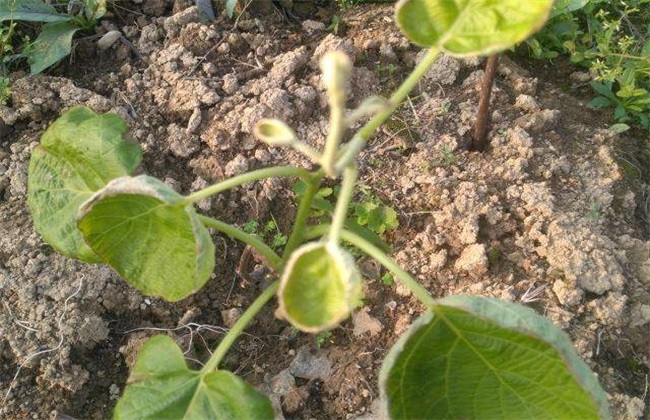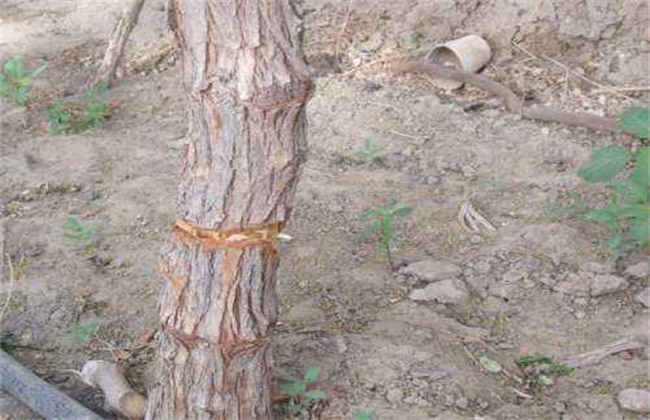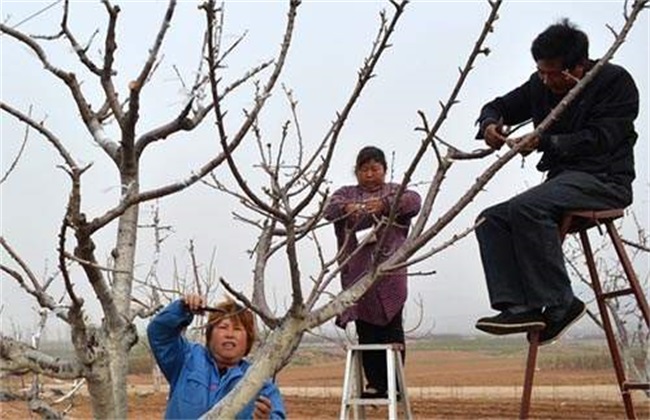There are those with kiwifruit deficiency
Kiwifruit, also known as kiwifruit, is a popular fruit in China. Therefore, there are more people growing kiwifruit now. When planting kiwifruit, we should pay attention to do a good job of fertilization. Growth nutrition to meet the growth needs of kiwifruit. However, many people will ignore the application of trace elements, resulting in element deficiency in the growth of kiwifruit, affecting the yield and quality of kiwifruit. So what does kiwifruit deficiency have? Let's take a look at it.

1. Calcium deficiency
Calcium is an important element in plant cell wall, which can improve the photosynthesis of kiwifruit trees. Reasonable calcium can prolong the senescence time of kiwifruit and enhance the firmness and storability of kiwifruit. If kiwifruit is deficient in calcium, the basal veins of mature leaves begin to fade, gradually necrosis, and form necrotic plaques. Then the withered leaves and fallen leaves gradually appeared, resulting in the death of the branches. In serious cases, it will affect the growth of the root system, resulting in root tip death. It is necessary to apply an appropriate amount of calcium superphosphate and calcium nitrate to the soil to prevent calcium deficiency.
2. Magnesium deficiency
Magnesium is also very important for the growth of kiwifruit. It has the function of regulating plant photosynthesis and hydration. Reasonable magnesium can promote fruit expansion and improve fruit quality. Magnesium deficiency is common when growing kiwifruit. Generally speaking, it will appear on the mature leaves of the same year, and the color between the veins and the edge of the leaves will gradually become yellowish green. However, there is no great effect from the base to the petiole, and the reasonable magnesium content of the general leaf should be about 0.4%. If the magnesium content in the new leaf is less than 0.1%, it will lead to chlorosis and necrosis of the leaf, forming a horseshoe-shaped leaf.
3. Sulfur deficiency
Sulfur is also an indispensable nutrient in the growth process of kiwifruit trees. It is mainly composed of amino acids and enzymes, which is closely related to carbohydrates, fat, protein and other nutrients in rhesus monkeys. If kiwifruit is deficient in sulfur, then the growth rate will decrease obviously, the color of young leaves is mainly light green, and the chlorotic patches will gradually expand. In serious cases, the vein network of young leaves will all appear chlorosis, and the veins will also lose green, but the leaf margin will not scorch. If there is a lack of sulfur, then you can spray appropriate amount of ammonium sulfate, potassium sulfate and other fertilizers to supplement.
4. Chlorine deficiency
Chlorine, like magnesium, is closely related to photosynthesis and hydration in kiwifruit trees. Kiwifruit trees are sensitive to the change of chlorine content. In the case of chlorine deficiency, chlorosis will first occur in the main lateral veins at the top of the old leaves. The old leaves appeared the phenomenon of leaf curling and anti-rolling, the area of young leaves decreased and the root growth rate decreased. About three centimeters from the root tip will be swollen, mainly because Rain Water washed the chlorine element resulting in chlorine deficiency. If chlorine deficiency occurs, fertilizers such as potassium chloride should be applied appropriately.
The above is the brief introduction of kiwifruit deficiency. In addition to the above, there are manganese, iron, boron, zinc, copper, sodium and other elements will appear deficiency. Therefore, we must pay more attention.
Related
- Moge, come on! The staff of the peasant association in the producing area of cantaloupe were frightened when the crowd gathered.
- Causes and Solutions of low Fruit setting rate of Apple
- Symptoms and control measures of passion fruit virus disease
- Fruit growing lesson: how do apple orchards keep high yields?
- Can you build orchards in the mountains? What are the pros and cons?
- How to manage the coloring period of Crisson grape?
- This paper introduces the processing technology of two kinds of fig products.
- How much is a month for retired teachers in rural areas by 2020?
- How can strawberry planting increase sugar content? We should pay attention to management in many aspects.
- What are the cultivation techniques on how to improve the yield of golden fruit?



